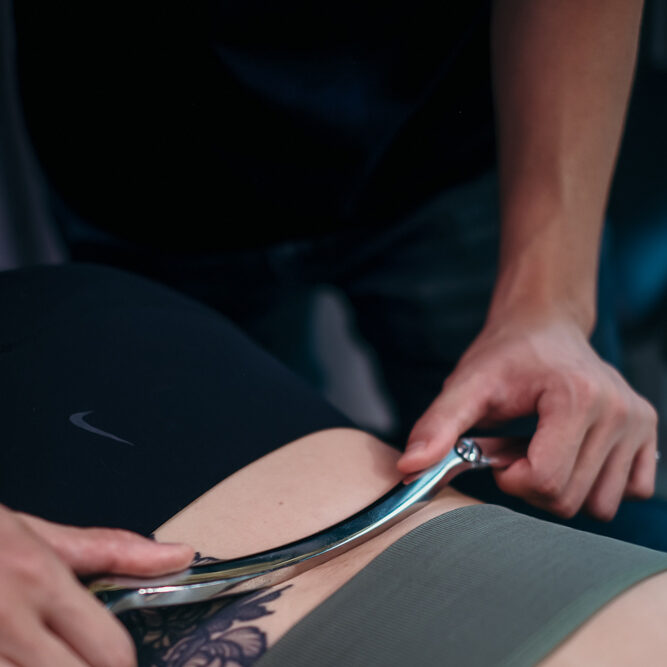Common Conditions
Low Back Pain
Symptoms, Common Causes and Treatments
Understanding Low Back Pain
Low back pain is an incredibly common condition that can significantly impact one's quality of life. The lifetime prevalence is over 80% in the adult population with a high recurrence rate. This condition can affect individuals of any age. The pain can manifest in different forms and are classified into acute (lasting less than 6 weeks), subacute (6-12 weeks), and chronic (over 12 weeks).
SYMPTOMS OF Low Back Pain
While acute lower back pain often resolves on its own, some cases progress to chronic pain involves comprehensive management strategies. Common symptoms include muscle tension, soreness with movement, and pain radiating down the leg (sciatica). Sciatica typically involves compression or injury to spinal nerve roots, resulting in sensations ranging from dull aches to sharp, electric shocks. Accompanying symptoms may include numbness and muscle weakness.

